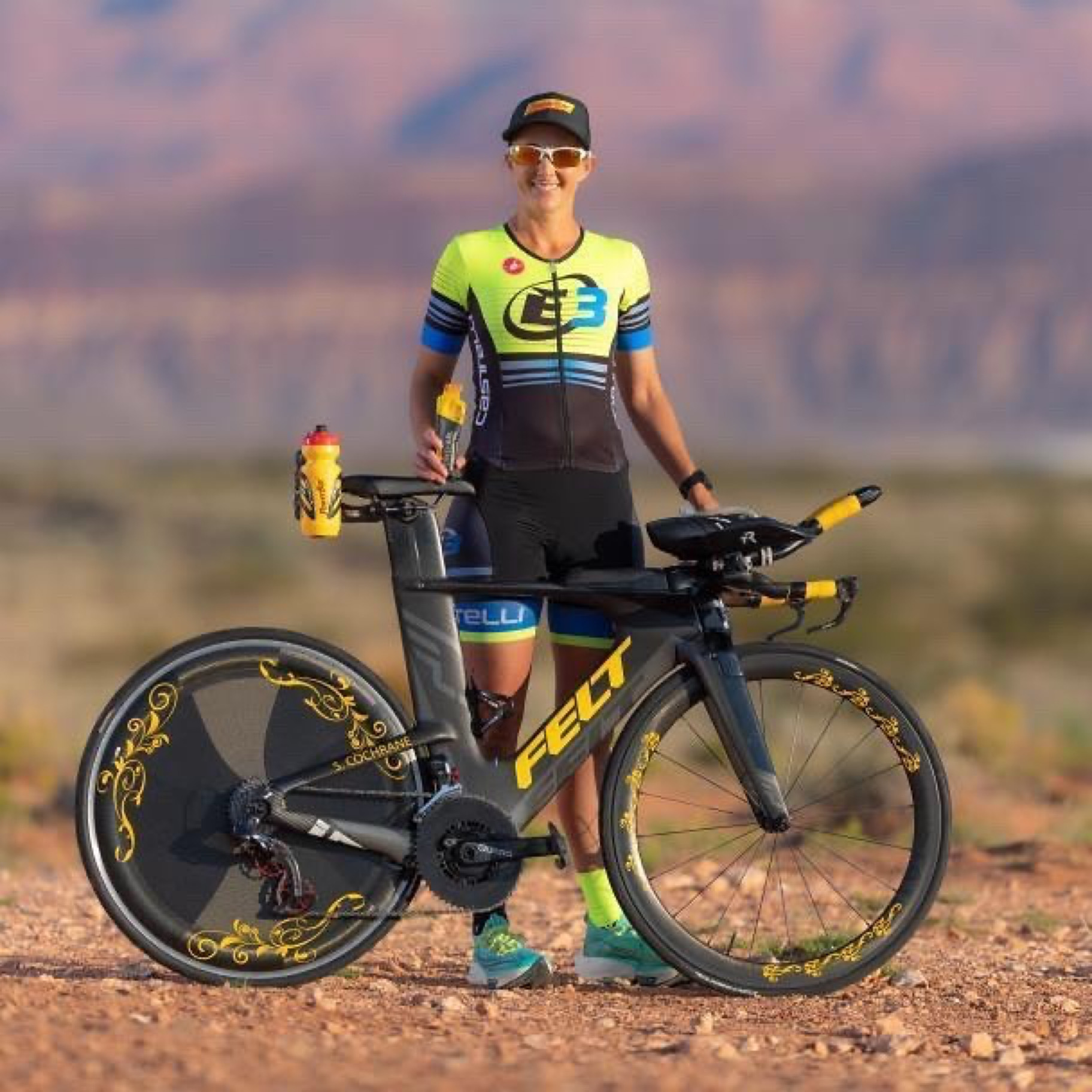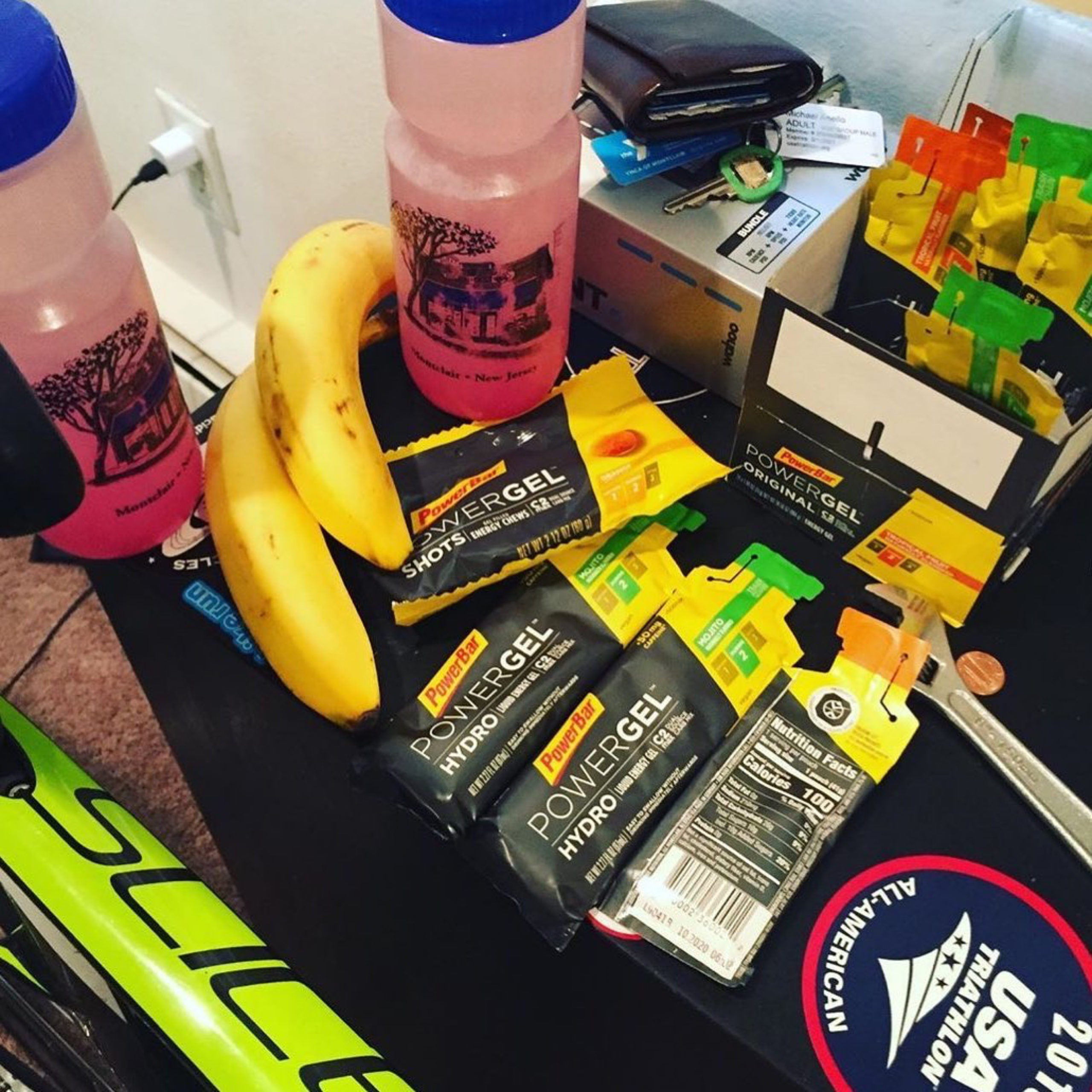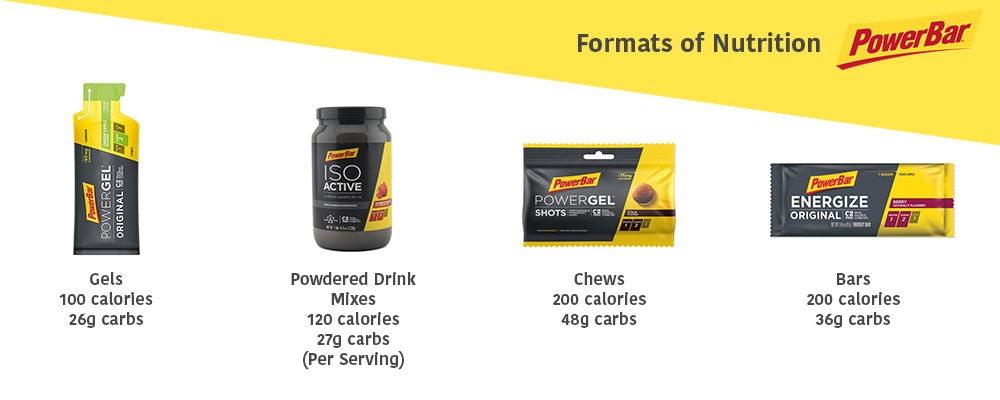How to Carry All Your Nutrition For Your Ironman Triathlon
Fueling an Ironman distance triathlon is a challenge itself, here are the best ways to approach carrying all those calories.

You’ve done it, you’ve signed up for the big Kahuna, the full Ironman. As you dig deeper into training, the rides and runs are getting longer and the fuel required to sustain the hour(s)-long workouts is adding up. The question eventually starts ringing in your head like an alarm, how am I supposed to carry everything on race day, where will it go?
Dial in your nutrition product
You need to zero in on the actual products you will use on race day. Each nutrition product has a different make up of ingredients, flavors and sizes. There are two things to consider: which fuel can your stomach process and what flavors can you tolerate for long periods of time.
Gastrointestinal issues is a major contributing factor for a Did Not Finish (DNF). Each nutrition product has its own unique blend of ingredients and you’ll want to make sure you find one that your stomach can tolerate.
Flavor fatigue is real and should be considered when selecting your fueling sources. Test out multiple flavors from the product line you choose to know what you can tolerate for long periods of time. You may find that mixing up flavors is best for you.
Choose your format of consumption
Fuel comes in a variety of forms so be sure to try different types and combinations during training. You may find that by hour four on the bike you just need to chew something. Or you’ve grown tired of slurping down gels by mile 10 of the run.
Do the math on how much nutrition you need
Now you’ll need to know exactly how much water and fuel you will need. For this you’ll want to create a race day fueling plan that matches your unique needs, race and conditions. Here you’ll calculate out your nutrition needs and back that number into the product serving sizes to get what you need.
Run (duration 4.5 hours)
Let’s say your plan calls for 75 grams of carbs and 600 mg of sodium per hour for the run. You’ve chosen Powerbar Powergels for the run because each gel provides 25 grams of carbs and 210 mg of sodium so you won’t need to take on additional salt. That means you will need access to at least 14 gels (three gels per hour).
Bike (duration 6.5 hours)
Your plan calls for 80 grams of carbs and 1000 mg of sodium per hour. You’ve chosen Powerbar IsoActive drink mix, and four scoops per hour provides 82 grams of carbs and 1015 mg of sodium. You’ll also need 20oz of water per hour. This would be 26 scoops of mix across seven bottles of water. You may also want to supplement additional carbs with gels on the bike, at one per hour or seven gels.

Lay it all out and plan where to store it
Once you’ve got your nutrition product, format, flavor and amounts figured out, now it’s time to lay it out and determine how to carry and consume it.
- Bottle cages on the bike: Traditional road bikes allow you to carry four bottles (two in the frame and two behind the seat). Triathlon bikes may have additional storage between the aero bars or a hydration system built into the frame.
- On bike storage: Bikes can be accessorized with storage options, e.g., on the top tube and behind the seat tube. How much of your nutrition can you fit in each?
- Race day kit: Your race kit/jersey should have storage options as well. How much nutrition can you fit in your rear pockets? You can also place gels inside your kit at access points such as on your thighs (inside your shorts) or by your abdomen.
You’ll want to plan this out for both the bike and the run separately as you’ll replenish any used nutrition at transition two.
Halfway Point Special Needs Stop
Full distance triathlons offer a special needs storage station at the halfway point of the bike. This is an opportunity for you to completely replenish your fuel storage. The pro to this strategy is you only have to carry enough fuel for half the ride. The con is it will eat up some time to stop, locate your items, load them up and get back on the road.
Using our same example, you would only need to carry three to four bottles on the bike at a time.

Bottle concentrates and aid stations
If you are planning to use a drink mix on the bike, you can cut down on the number of bottles you need by concentrating your mix. For example, if your plan calls for four scoops of the PowerBar IsoActive mix per hour, you can double that to eight scoops. You will drink this bottle over two hours instead of one and it frees up one bottle cage. You can supplement with clear water from aid stations and drop your empties.
In this scenario, you would have three bottles of double concentrated drink mix that provides six hours of fuel. You will then drink an additional half a bottle of clear water per hour that you will pick up from aid stations every two hours.
Make sure to practice this in training, especially the flavor tolerance. Concentrated drink mixes tend to be very sweet.
On course nutrition
Ironman branded events feature a full offering of on course nutrition. Using on course nutrition limits what you’ll need to carry since you will be fueling up at aid stations along the course.
Practice grabbing nutrition on the go. Grabbing a water bottle from a volunteer while moving, even slowly, is more difficult than it may seem. Missing a station could throw off your entire fueling plan.
Make sure to try out on course nutrition before race day. You’ll want to know if it agrees with your body as well as the nutrition facts of each product.
. . .
PowerBar Sport/Pivot Nutrition is NOT a paid sponsor of AgeGrouper. We just love their products that much. Use promo code “AgeGrouper” to get a free signature yellow PowerBar bottle on your next order.


